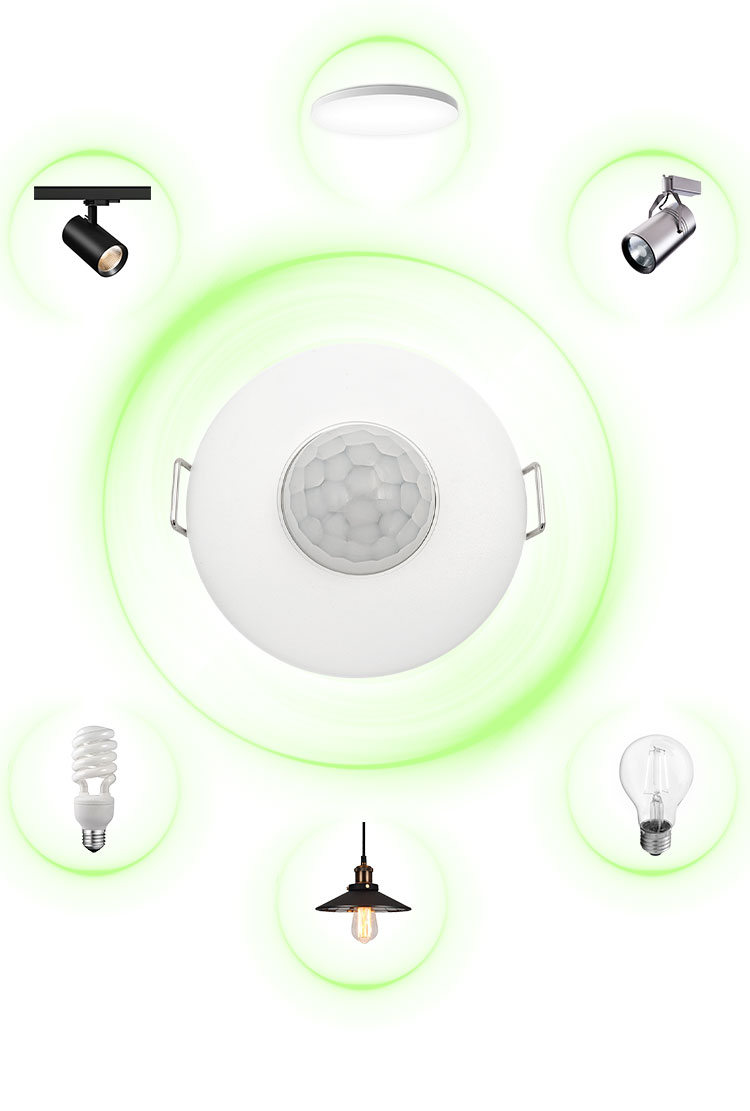

Exploring the Mysteries of Sensors: Key Components in Modern Technology
When you're gently awakened by your smart alarm clock at dawn, your phone automatically adjusts its screen brightness, and your smart home prepares the perfect temperature —— Behind these seemingly magical experiences lies a humble yet crucial technological component: sensors. These tiny electronic components act like modern technology's "sensory system," silently sensing environmental changes and converting physical world information into digital signals. This allows machines to "understand" and respond to our environment.
(1) What Is a Sensor?
An sensor is a detection device that responds to specific physical stimuli (such as light, heat, motion, pressure, or magnetic fields) and converts them into measurable electrical signals. These signals can then be processed and analyzed by electronic systems, enabling environmental monitoring, control, and responsive actions.
(2) Working Principle of the Sensor
The core mystery of sensors lies in how they achieve their "sensing" function. Essentially, a sensor is a device that detects physical quantities in the environment (such as temperature, pressure, light intensity, motion, etc.) and converts them into usable electrical signals. This process can be divided into three key steps:
1. Perception stage: the sensing element responds to changes in environmental parameters
2. Conversion stage: the change of physical quantity is converted into the change of electrical signal
3. Output stage: The electrical signal is processed into readable data or control signals
(3) Types of Sensors
There are many kinds of sensors, each has its unique application field:
1. Temperature sensors: used to measure temperature changes, such as thermistors, thermocouples and infrared sensors.
2. Light sensor: detects light intensity, widely used in automatic lighting systems and cameras, such as photoresistors and photodiodes.
3. Motion sensor: detects the movement of an object, often used in security systems and automated controls, such as infrared sensors and ultrasonic sensors.
4. Pressure sensors: Measuring pressure changes, used in cars, aircraft and medical equipment, such as piezoelectric sensors and strain gauges.
5. Magnetic field sensors: detect magnetic field strength for navigation and position tracking, such as Hall effect sensors and magnetoresistance sensors.
(4) The Application of Sensors in Modern Technol- ogy
Inductors have a wide range of applications, almost permeating every aspect of our lives:
Smartphones: Sensors are used for touch screens, location tracking, light adjustment and motion control.
Smart Home: Sensors are used for automated lighting, temperature control and security monitoring.
Industrial automation: Sensors are used to monitor production lines, control robots and optimize energy use.
Medical equipment: Sensors are used to monitor a patient's vital signs, diagnose diseases and assist in surgery.
(5) Future Trends of Sensors
With the continuous progress of technology, sensors are becoming more intelligent, compact and efficient. In the future, we can expect breakthroughs in the following aspects:
(a)Internet of Things (IoT): Sensors will be more widely used in Internet of Things devices to enable smarter homes, cities and industrial environments.
(b)Artificial Intelligence (AI): Combined with AI technology, sensors will be able to perform more complex analysis and prediction, improving the accuracy and efficiency of decision-making.
(c)Wearable technology: Sensors will be lighter and more comfortable, providingreal-time data support for health monitoring and personalized medicine.
(6) Conclusion
Sensors are an indispensable part of modern technology, making our devices smarter and more efficient. With continuous technological advancements, we have every reason to believe that sensors will continue to expand their applications, bringing more convenience and progress to human society. Let's wait and see how these tiny sensors will continue to transform our world.








